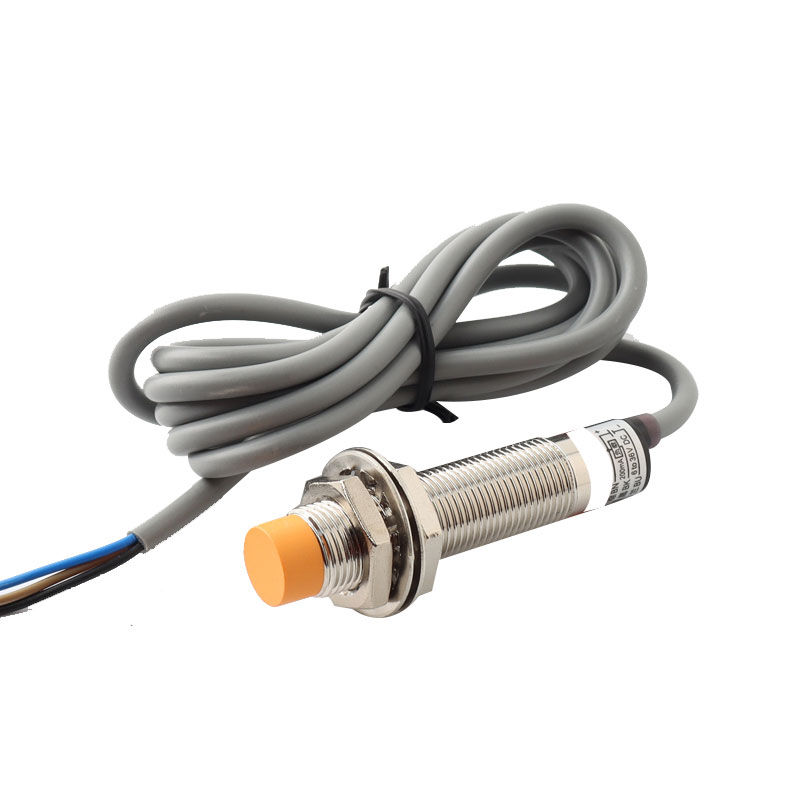How an inductive proximity switch sensor works
2023-10-16
An inductive proximity switch sensor, also known as an inductive proximity sensor or an inductive proximity switch, is a type of sensor used for non-contact detection of metallic objects. It operates based on the principle of electromagnetic induction. Here's how an inductive proximity switch sensor works and its key features:
Principle of Operation:
An inductive proximity switch sensor generates a high-frequency electromagnetic field around its active surface. When a metallic object enters the sensing range of the sensor, it causes a change in the electromagnetic field. This change is detected by the sensor, which triggers a response, such as activating a switch or providing an output signal.
Key Features:
1. Non-Contact Sensing: Inductive proximity switch sensors detect metallic objects without physical contact. This makes them suitable for applications where contact-based sensing is not feasible or may cause wear or damage.
2. Sensing Range: These sensors have a defined sensing range within which they can detect metallic objects. The sensing range is determined by the design and specifications of the sensor and can range from a few millimeters to several centimeters.
3. Output Types: Inductive proximity switch sensors typically provide a digital output signal, which can be either a simple on/off signal or a pulse signal. This output can be used to trigger actions such as activating a relay, controlling a motor, or signaling the presence or absence of an object.
4. Immunity to Environmental Factors: Inductive proximity switch sensors are generally unaffected by factors such as color, light, dust, or ambient temperature. However, they may be affected by non-ferrous metals, non-metallic materials, or certain environmental conditions. Therefore, it's important to consider the specific operating conditions and the material being sensed.
5. Shielded and Unshielded Types: Inductive proximity switch sensors are available in shielded and unshielded versions. Shielded sensors have a reduced sensing range and are less affected by the presence of nearby metal objects. Unshielded sensors have a larger sensing range but are more sensitive to the presence of other metallic objects in the vicinity.
6. Mounting Options: These sensors come in various shapes and sizes to accommodate different mounting requirements. They can be cylindrical, rectangular, or flat-shaped, and often feature threaded or non-threaded housings for easy installation.
7. Application Versatility: Inductive proximity switch sensors are used in a wide range of industrial and automation applications. They are commonly employed in machinery, robotics, assembly lines, material handling systems, quality control processes, and more.
When selecting an inductive proximity switch sensor, consider factors such as the desired sensing range, operating voltage, output type, environmental conditions, and the specific requirements of your application. Consult the manufacturer's datasheet or seek guidance from a knowledgeable supplier to ensure the sensor meets your needs.



